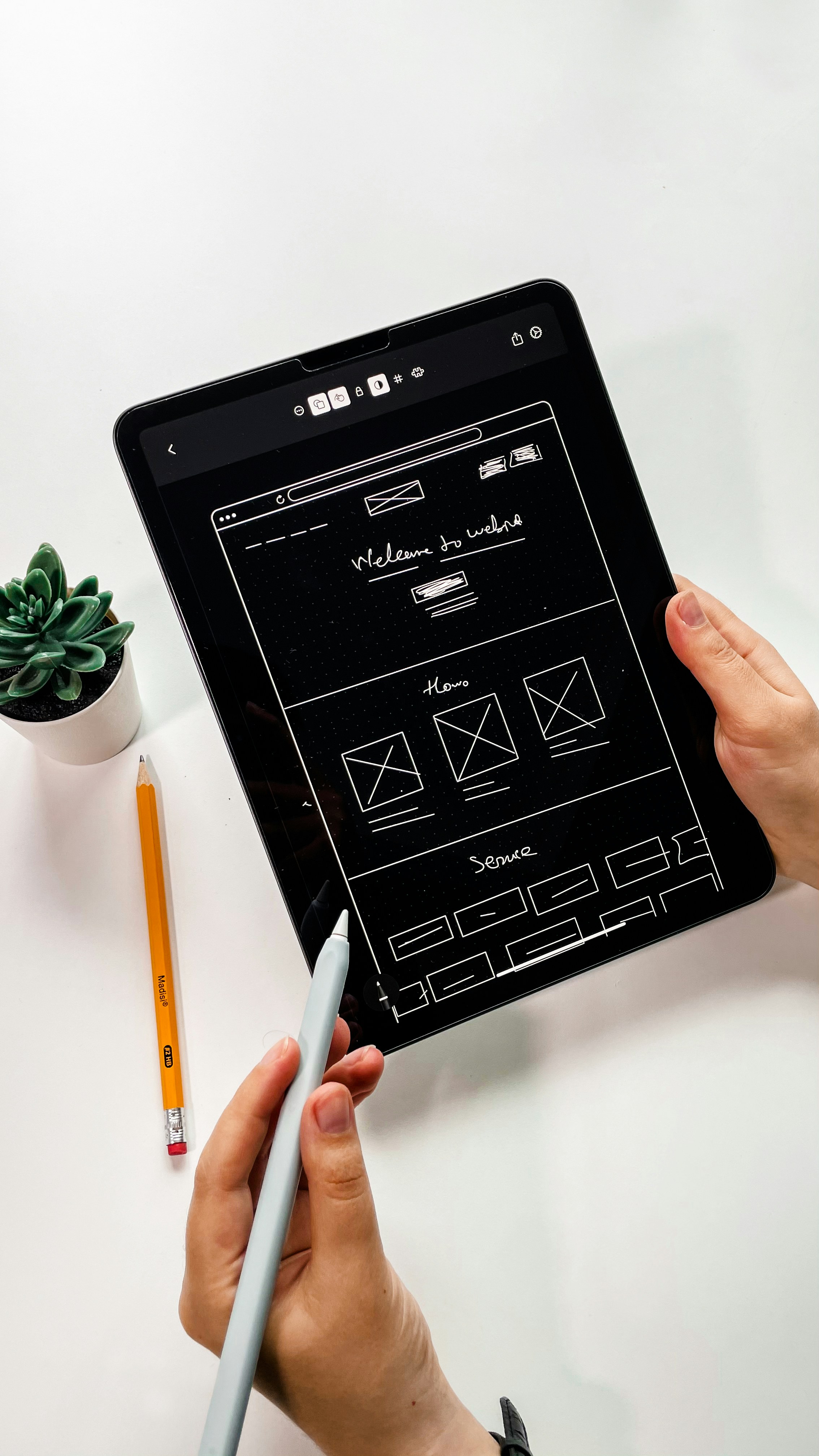Feb 6, 2022
Crafting a User-Friendly Website: Essential Elements for Seamless Interaction
The success of a website hinges greatly upon its user-friendliness. A user-friendly website is not just about aesthetics; it's about creating an experience that delights and engages visitors, guiding them effortlessly through content and actions. So, what does it really mean for a website to be user-friendly? Let's delve into the essential elements that contribute to a seamless user experience:
Intuitive Navigation
Navigating a website should feel like second nature to users. Clear menus, logical page structures, and intuitive pathways empower visitors to find what they're looking for with ease. A well-organized layout minimizes confusion and enhances user satisfaction.
Responsive Design
In an era dominated by diverse devices, from desktops to smartphones, responsive design is non-negotiable. Ensuring that your website adapts flawlessly to various screen sizes and resolutions guarantees a consistent and enjoyable experience for all users, regardless of their chosen device.
Fast Loading Speed
Patience is a virtue, but not when it comes to website loading times. Speed matters, and a sluggish website can deter even the most enthusiastic visitors. Optimize your site for fast loading by compressing images, minimizing HTTP requests, and employing efficient coding practices.
Readable Content
Content is king, but readability is its loyal companion. Utilize clear typography, appropriate font sizes, and high-contrast color schemes to enhance readability. Break up content into digestible chunks, and employ headings and subheadings to facilitate skimming and scanning.
Accessibility
Every user deserves equal access to information. Ensure that your website is accessible to individuals with disabilities by adhering to accessibility guidelines such as WCAG. Features like alternative text for images, keyboard navigation, and captioned multimedia content enhance inclusivity.
Minimal Errors
User Experience Not Found. Broken links, missing images, and other glitches disrupt the user journey. Regularly audit your website for errors and promptly address any issues that arise to maintain a smooth browsing experience.
Clear Calls to Action
Guide users along their journey with clear calls to action (CTAs). Whether it's making a purchase, subscribing to a newsletter, or contacting support, CTAs should be prominent, compelling, and easy to locate.
Consistent Design
Consistency breeds familiarity and fosters trust. Maintain a cohesive design throughout your website, with consistent color schemes, fonts, and layout elements. A unified visual identity reinforces brand recognition and enhances user confidence.
Mobile Optimization
Mobile optimization is no longer a luxury—it's a necessity. With a significant portion of web traffic originating from mobile devices, ensuring a seamless mobile experience is paramount. Responsive design, touch-friendly navigation, and streamlined content are essential for mobile success.
Feedback and Error Handling
Communication is key to a successful user experience. Provide clear feedback to users when they perform actions, and handle errors gracefully with informative error messages and actionable solutions. Transparent communication builds trust and reduces user frustration.
A user-friendly website prioritizes the needs and preferences of its visitors, cultivating an environment where interaction is effortless and enjoyable. By incorporating these essential elements into your website design, you can create an online destination that not only attracts but also retains and delights users, fostering long-term success in the digital landscape.

Why Website Accessibility Guidelines Are Important in 2024
Jul 10, 2024

How Much Does a Website Cost?
May 23, 2024

Top 10 Web Design Failures of All Time and What We Can Learn from Them
Apr 30, 2024

Top 5 Mistakes to Avoid in Web Design
Apr 2, 2024

Boosting Conversion Rates: How Website Design Impacts User Engagement
Apr 1, 2024

The Ultimate Guide to Responsive Web Design: Making Your Website Mobile-Friendly
Mar 28, 2024

Top 15 Questions to Ask Web Designers Before Hiring Them
Mar 27, 2024

Building Small Business Websites
Mar 26, 2024

Looking for a premium local New York web designer for your premiere website?
Mar 25, 2024

How to choose a website designer
Apr 8, 2022

The Critical Role of SEO-Optimized Web Design
Mar 15, 2022

Why Strong Branding Makes You Stand Out From Your Competitors
Feb 28, 2022

What Is A User-Friendly Website And Why Should I Have One?
Feb 6, 2022

Why Local Businesses Should Use Long-Tail Keywords For SEO and Ads
Jan 12, 2022
